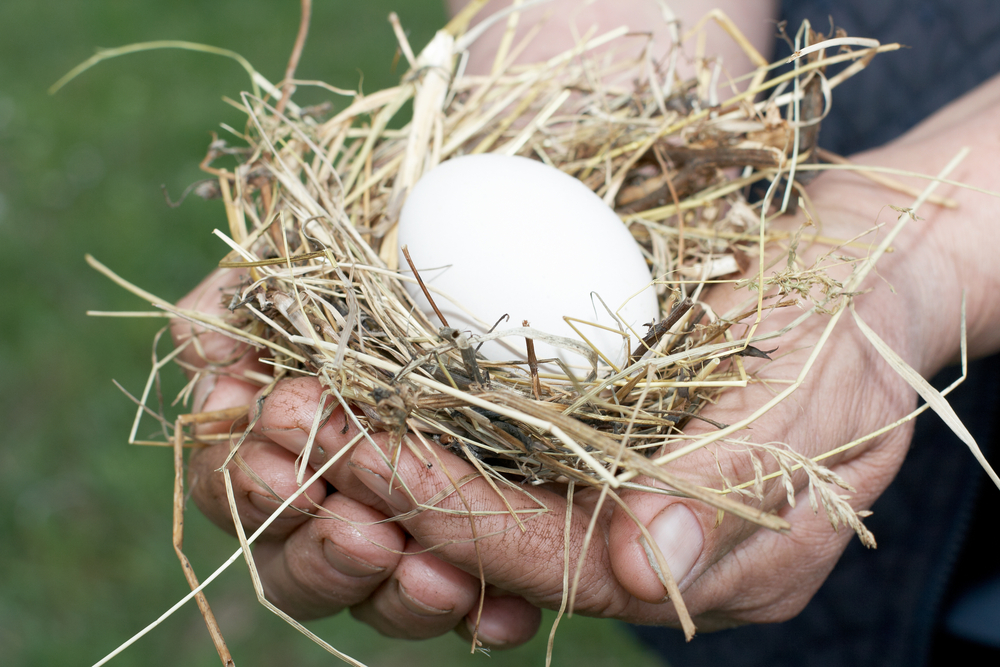News
A beginner’s guide to SIPPs

What is a SIPP? What can you put in it? And who needs one?
SIPP stands for “self invested personal pension” scheme. Let’s break that down a bit further.
First and foremost, it’s a “registered pension scheme” which means it is a pension scheme registered with HMRC and so comes with the usual substantial tax advantages which apply to such schemes. These include tax relief on contributions that are paid into it, (mainly) tax free investment returns, tax free gains on investments within it and tax free lump sums when taking retirement benefits (usually up to 25 per cent of the fund value).
In addition, benefits on death are usually free of inheritance tax.
The government offers these tax breaks as a way of encouraging us all to save for retirement and to avoid an over-reliance on the state pension.
Next, it is a “personal” pension arrangement. It is not an occupational pension scheme requiring an employer to create it so you can start one without being employed. If you’re lucky enough though, your employer might pay into it for you. Your employer will also get tax relief on any contributions they make into it.
Thirdly, it is “self invested.” This means that you, the member, choose where you would like the cash invested. Sometimes this is referred to as a “DIY” pension arrangement.
The choice of investments within it is down to you, the member. This is different from some types of pension scheme where a board of trustees makes the investment decisions on behalf of all of the members collectively.
You, therefore, have control over where the funds are invested and you are responsible for making the investment decisions.
What can I do with my SIPP?
As you build funds within the SIPP, you need to decide where to have those funds invested otherwise the money paid into the SIPP will sit in a bank account earning very modest or, sometimes, no interest at all.
If you want to try to achieve better returns than a bank account will offer, then you can think about investments such as stocks and shares, commercial property, investment funds, gold bullion and so on.
The ability to invest directly into some of these is what sets SIPPs apart from most other types of pension scheme and there is a wider investment choice available to you. You should always remember though that there is risk involved in making any investment and you are responsible for the investment risks you take.
Why would I need a SIPP?
Not everyone needs a SIPP. You are likely to need/want a SIPP if you have specific investment needs that can’t be met through other types of pension scheme (such as an insurance company personal pension schemes).
For example, if you wish to buy a commercial property through a personal pension scheme, it is likely that this would have to be done through a SIPP because an investment of that type is usually not allowed in insurance company personal pension schemes which are not legally structured as a SIPP.
Also, bear in mind that SIPPs are often more expensive than some other types of scheme because of their specialist nature.
If you don’t need the functionality of a SIPP, you don’t need to pay extra to have one and remember that some SIPPs will offer more features and investment options than others, so conduct research before deciding.
Stephen McPhillips is technical director at Dentons